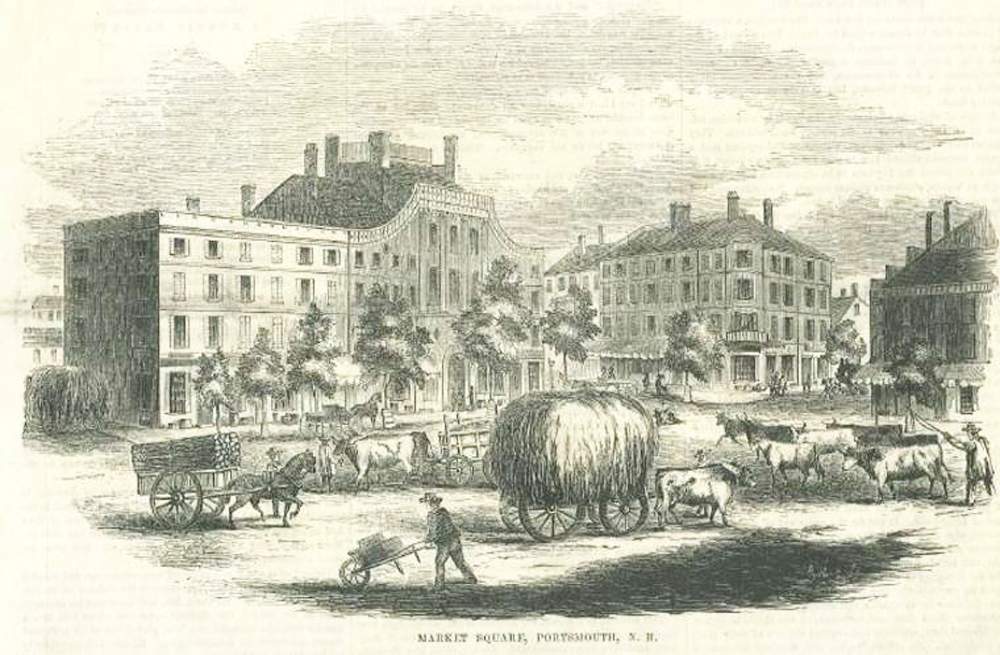At the time of her death in 1846, Dinah Whipple was the revered teacher of African American children in Portsmouth, New Hampshire but she was identified more prominently, at least according to the local white newspaper editor, as the widow of Prince Whipple. Prince had served in the Revolutionary War when he was the slave of William Whipple, a signer of the Declaration of Independence. On February 22, 1781, the same day that Dinah reached her 21st birthday and was freed by her owner, she married Prince. It was not until 1784 that Prince became a free man. He died in 1796 at the age of 46. Dinah and Prince Whipple had seven children.
Dinah Whipple was widely known and respected by both black and white residents of the region. Like her husband, Prince, Dinah had grown up as an enslaved servant in one of the most affluent and refined households of the southern New Hampshire and Maine seacoast. While Prince served as the major-domo at elegant social events in the city, Dinah was behind the scenes employing her domestic skills to further ensure the success of such occasions.
Dinah was among a small number of nonwhite members listed as patrons of the Congregational church lending library. Her reading list included titles of interest to any literate person of that era. Samples of her handwriting that have survived in the church records are additional evidence of Dinah’s literacy.
Few details about Dinah Whipple as a teacher are available but it appears that she had the earliest school available for black children in New Hampshire. She held classes in her home under the auspices of the Ladies Charitable African Society. City tax records indicate that the school was in operation from 1806 until 1832. This time period was concurrent with the school in Boston that began in Primus Hall’s home and then moved to the African Meetinghouse. At least one of the Whipple children also attended the Boston school.
In her elderly years, Dinah received a monthly allowance from the white Whipple family’s descendants, which was supplemented by occasional assistance from the church poor fund. Her grave site has not been identified but is believed to be next to Prince’s marked grave, not far from daughter Esther and her daughter in North Cemetery. As the black Whipple house deteriorated in the early 1800s, it became a fire hazard and was removed. A house was built on the original foundation in later years and that site is now part of the Portsmouth Black Heritage Trail.

